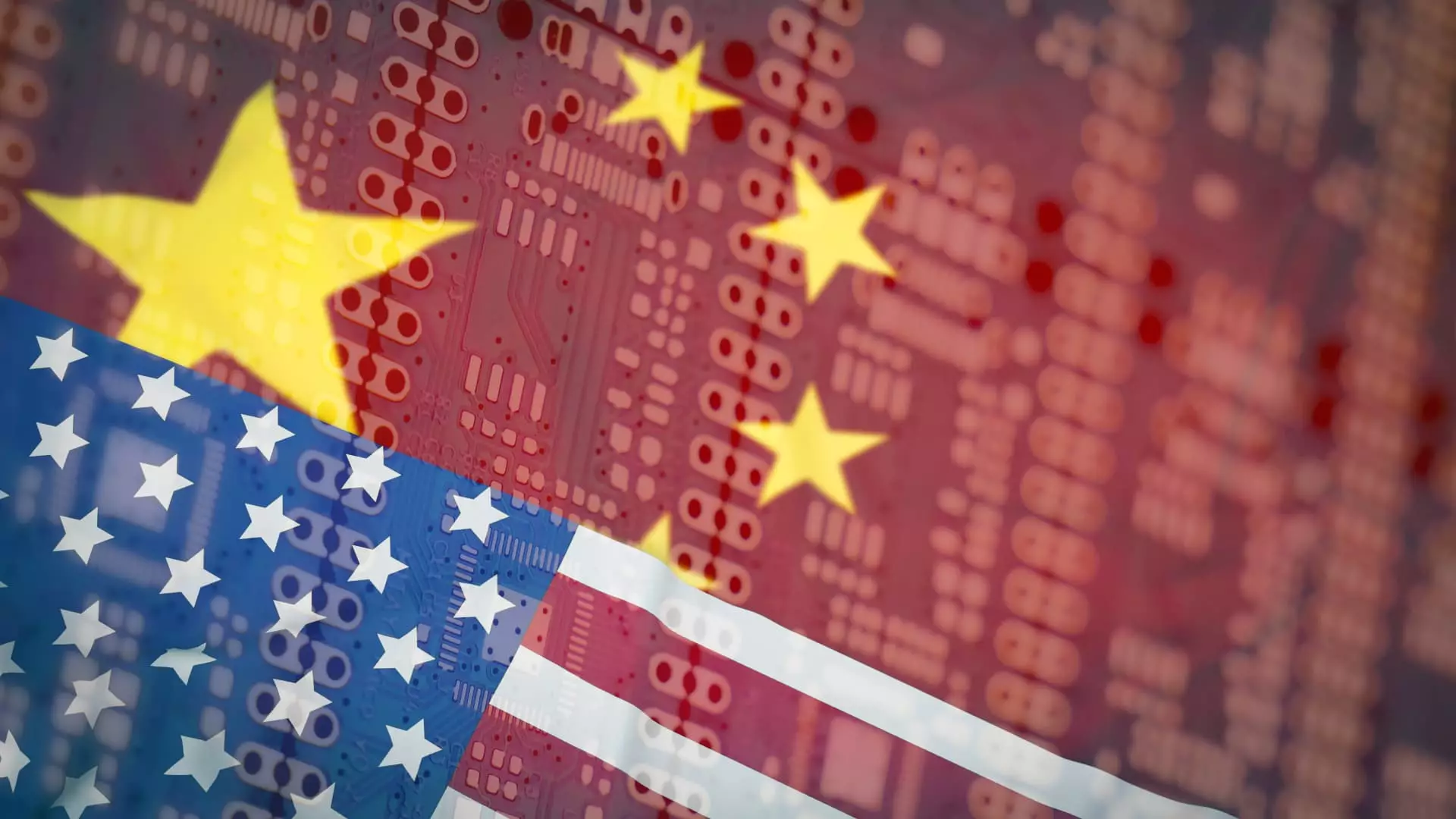In a significant move reflecting escalating tensions, the Biden administration has initiated a new investigation into China’s semiconductor practices, particularly focusing on legacy chips. This decision is emblematic of a broader shift in U.S. policy toward China, highlighting concerns over non-market behaviors and competitive disadvantages created by Chinese industrial strategies. The implications of this probe extend far beyond mere trade disputes, as they delve into the critical infrastructure of modern technology that underpins everything from transportation to national defense.
The White House specifically cited the need for this Section 301 investigation based on China’s “acts, policies, and practices” concerning the production of silicon carbide substrates. These substrates play an essential role as inputs in semiconductor fabrication, impacting a wide array of technologies from telecommunications to the electric grid. This examination comes at a time when the global semiconductor industry is experiencing unprecedented scrutiny, as nations grapple with supply chain issues exacerbated by geopolitical tensions and market fragility.
While the U.S. has primarily focused on advanced chips pertinent to artificial intelligence and high-tech applications, the investigation into legacy chips showcases a more comprehensive approach. Interestingly, the term “legacy chips” refers to less advanced manufacturing technologies that, while still crucial for various sectors, have been overshadowed by their cutting-edge counterparts. China, albeit behind leaders like Taiwan’s TSMC, has mastered the ability to produce these chips at scale, raising alarms about dependency on foreign semiconductor supplies.
The ramifications of this probe are profound. As the investigation unfolds, it could potentially lead to the imposition of tariffs on Chinese semiconductor products, a remedy permitted under the Trade Act of 1974. This potential outcome signifies a continuation of the Biden administration’s ongoing campaign to exert pressure on China’s technology sector, mirroring previous actions that targeted cutting-edge semiconductors and electric vehicles. The goal is clear: safeguard U.S. interests while mitigating risk associated with reliance on an adversarial nation for critical technology.
Moreover, the timing of this investigation is telling. With President Biden set to pass the baton to Donald Trump, the probe also symbolizes a continuity of a hardline stance against China. It reinforces a strategic narrative that paints China’s semiconductor aspirations as not merely a competitive move but a direct threat to U.S. national security and economic viability.
As the global semiconductor landscape continues to evolve, so does the necessity for robust policy responses from the U.S. The implications of the current investigation elucidate the complexities of interdependence and competition within the tech sector. With the increasing influence of supply chain vulnerabilities and strategic technologies, it is imperative that U.S. policymakers navigate this challenge with a keen awareness of the global economic environment. The investigation into legacy chips is but one facet of a larger strategy that will require adaptability and foresight to resolve the multifaceted challenge posed by China’s semiconductor ambitions.

